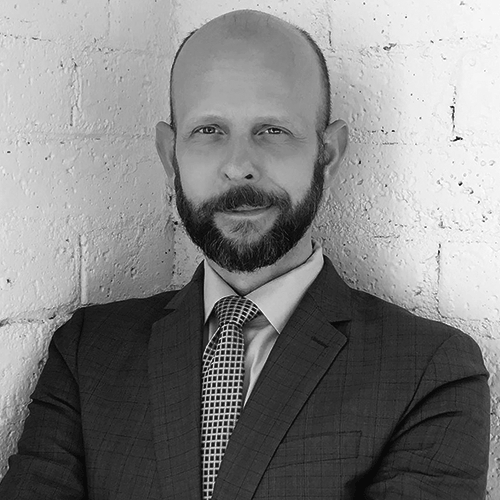The CEO of the Total Rewards Association at WorldatWork, Scott Cawood, Ed.D. offers some of those opinions through suggestions to HR and business leaders.

Scott Cawood, Ed.D.
CEO, Total Rewards Association, WorldatWork
Why is employee engagement so important for overall business success?
It’s clear business success and engagement are directly correlated. Every person in an organization decides when to deliver good, lousy or outstanding service. What fundamentally keeps the needed outcomes alive in an organization is its people, so whether those people are engaged determines the fate of nearly every interaction, transaction and outcome. An elevated employee experience, driven in part by a dedication to well-being, yields an elevated customer experience — and an elevated margin.
Can you describe the connection between employee engagement and well-being?
Well-being is so much more than the “professional” side of a person. Employers need to stop looking at their people as just employees; rather they need to see the whole person. People have lives, issues, pets, hobbies and sometimes more important things than just their work. For well-being to succeed, it’s best to focus on building better people instead of building better employees. Sure, we can keep putting employees through yet another communication course, but what if taking a step back to look at the entire person, not just the employee, helped you discover hidden talents your organization needs? Imagine the impact that can have on both the person and the organization.
If employers are looking to boost employee engagement, what are some key ways businesses have done this and do this where it has made a real impact?
First, fire your bad bosses. Studies show they are a drain on the system and are driving your great people to lousy outcomes. Or worse, they leave. Next, be sure every person knows why what they do matters to critical organizational outcomes. If they can’t see what they do in the larger picture, they won’t be engaged and will likely leave. Finally, focus on the full person and not just the employee. If you create an inclusive culture that lets every person be themselves, then that automatically helps to engage the full power of that individual. I always try to create a workplace where you can be the same person at work that you are at home. Finding that particular balance is hard, but if you struggle with it too much, more likely than not your workplace has too much politicking going on.
In the past, you have said HR’s mission is “to let people know the business doesn’t have to be all about people, and it doesn’t have to be all about profit.” How does that work as it relates to engagement and well-being?
In the end, people are your business. Figure out how you can clear the red tape, so people can do their best work. The world is moving fast, so an organization’s people can get frustrated when they are inhibited to do their job because of the processes of old business structures. We are seeing a shift in organizations that create better people experiences for both the internal workforce as well as external customers, while also achieving business objectives faster.
I suggest working to move your organization to cross-functional networks, even if a hierarchy exists. There will always be a tension in any living organization, created as a result of people trying to collaborate for a collective outcome. It’s hard, and you have to constantly work at shaping the experience so results are co-owned. Silos don’t work. They waste people’s time, energy. But more importantly, silos sap their creative juices. Networks provide easier avenues for people to go to someone who has the answer versus having to go to someone who has the title.
Once you remove some of the internal inhibitors, as a leader you need to constantly watch and be sure to balance your focus. If you spend too much time on profit, you get good at transactions rather than experiences or people. You want your networks to focus on the overall experience of connecting with your customers.
Consumers consume, so the experience needs to be seamless and of high value to leave them happy.
What are the business trends you see are most tied to employee engagement as they relate to total rewards and overall well-being?
The need to provide an environment that inspires innovation, allows for agility and is not afraid of freedom. Despite what you may have read, people like change. They don’t like being changed, but the construct of change is what the human experience is all about. Leaders who reward the workforce are thinking differently to build programs that foster innovation and provide their people with the freedom and agility for success.
What are some key first steps an organization can take to change their employee engagement model for the better?
First, know if you are a lousy, good or great place to work from the employee’s perspective. When I worked on the 100 Best Places to Work program in Fortune magazine, I was often visiting companies and CEOs who wanted to be on the list. Every one of them would tell me they all wanted to be a great and rewarding workplace. Then, I would walk around their workplace for a bit as an observer.
Often, I’d have to give them the bad news: while I appreciated their strong desire to be a great workplace, their people didn’t even say hello in the hallway. They needed to figure out what kind of workplace and culture they wanted to have, and then hold each other accountable for building it. Part of that is involving their people in any decision that impacts their work life. Finally, never quit working on engagement. Some success factors must be constantly nurtured, and employee engagement is one of them.

